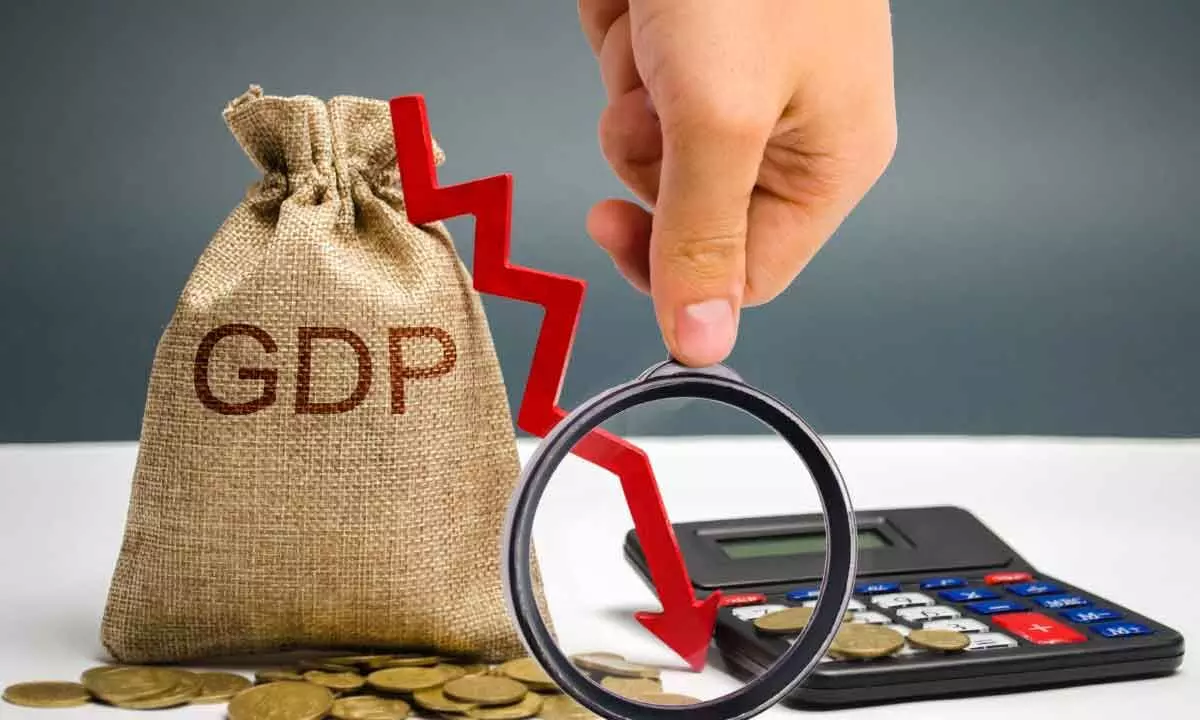What should India do to recover from Covid-induced GDP slump?
The UK and Nordic economies’ welfare State bear lessons for India and the Global South
image for illustrative purpose

Covid-19 changed how we live and work in ways that will alter our behaviour long after the pandemic subsides. Companies moved rapidly to deploy digital and automation technologies, dramatically accelerating trends that were unfolding at a much slower pace before the crisis. Work went remote, shopping, entertainment, and even medicine went online, and businesses everywhere scrambled to deploy digital systems to accommodate the shifts.
In contrast to previous economic recessions, the containment measures adopted in response to Covid-19 saw a significant suppression of consumer spending opportunities, leading to a sizeable contraction in private consumption. This was partially offset by the extraordinary policy measures deployed by governments in the form of either income or employment support, which cushioned the negative impact on personal disposable income.
The pandemic had two separate effects on global supply chains. In the early phase, lockdowns and mobility restrictions led to severe disruptions in various supply chains, causing short-term supply shortages. Many of these disruptions have eased, although the recent surge in Omicron has renewed pressure on some supply chains. In the later stage of the pandemic, however, various supply chain bottlenecks have emerged as a result of strong overall demand from the economic recovery - the sharp increase in relative demand for durable goods, and hoarding and panic buying.
Third, aggregate stimulus and post-pandemic recovery: About $16.9 trillion in fiscal measures was announced globally to fight the pandemic, with relatively larger support in advanced economies. In the United States alone, a $1.9 trillion fiscal stimulus (the American Rescue Plan) was introduced.
The pandemic brought about an initial significant shift in what consumers buy; spending on goods rose dramatically. Consequently, much of the rise in inflation in the near term reflected inflation in durable goods (including used cars), while service inflation increased only moderately. Such shifts may persist only during the active phase of the pandemic, but at least part of the shift in demand toward goods and away from services may persist given how the pandemic has reshaped society.
Labour market disruptions from the pandemic continue even two years after it began. Labour supply participation remains below pre-pandemic levels in several countries.
Both Russia and Ukraine are exporters of major commodities, and the disruptions from the war and sanctions have caused global prices to soar, especially for oil and natural gas. Food prices have also jumped. Wheat prices are at record highs - Ukraine and Russia account for 30 per cent of global wheat exports. These effects will lead inflation to persist longer than previously expected. The impact will likely be bigger for low-income countries and emerging markets, where food and energy are a larger share of consumption (as high as 50 percent in Africa).
These changes in consumer behaviour and business models will persist in advanced economies after the pandemic recedes, although perhaps not with the same intensity as during the crisis. They promise big benefits in terms of higher productivity, efficiency, and innovation - but also could lead to an uneven economic recovery, with rising inequality among workers, contrasting outcomes for consumers depending on their age and income levels, and a growing gulf between outperforming companies and the rest - unless business leaders and policy makers take action to mitigate these unwanted effects. E-commerce surged during the pandemic, increasing its share of total retail sales by two to five times its pre-pandemic rate across eight countries representing 45 percent of the world's population and more than 60 per cent of global GDP - China, France, Germany, India, Japan, Spain, the United Kingdom, and the United States.
As India rises from the pandemic-induced economic slump, the path towards recovery needs to embrace a holistic development pathway. Broadly, this should be based on two key principles: a) Growth in the human (through health and education) and the physical capital, should not come at the cost of the natural capital: Global best practices that can ensure co-existence and growth of all the three forms of capital should be key to achieving this; and b) Promote a more equal India through distributive justice and reduced inequality to boost long-term economic growth: The UK and Nordic economies' welfare State bear lessons for India and the Global South. Unfortunately, the Union Budget gives the impression that such concerns are yet to be acknowledged in the North Block.

